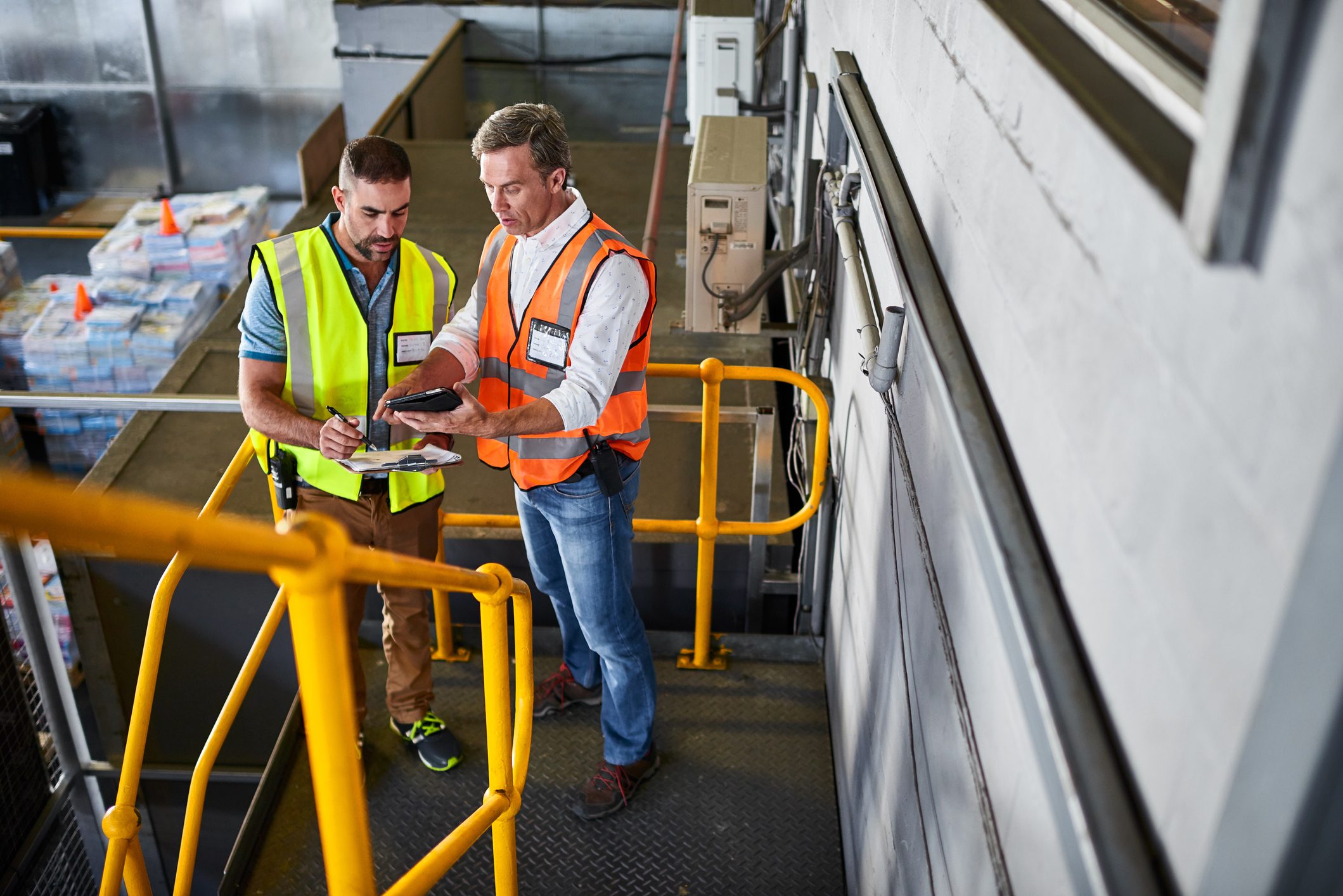As you know, international trading is a very important part of the global economy. Not only do you need sturdy and durable shipping containers to transport goods of all kinds, you need those containers backed by comprehensive logistics measures to ensure safety and to ensure the goods get where they need to be on time.
According to the U.S. Census Bureau, the U.S. shipments of goods reached 12.5 billion tons in 2017 alone, an increase of 1.2 billion tons since 2012. The total value of shipments globally over five years increased $0.7 trillion to $14.5 trillion.
With such high demand, container manufacturers everywhere put safety as a top priority when considering the manufacturing process. It’s important to stay on top of the latest manufacturing techniques so you can make good choices when it comes to trade logistics.
How is a Shipping Container Made?
Let’s go over the process briefly.
Wall Panels
The wall panels start with rolled sheets of steel. Large rolls are cut into 8’ x 3’ sheets. Those small sheets are corrugated and then sandblasted to add that tell-tale wavy texture that gives the container added resilience. Then those sheets are welded together to create the walls.
Floor Frame
Next, the floor frames are assembled. They usually comprise multiple small I-beams that are fitted within two long I-beams. Sandblasting occurs again to remove rough welding edges.
Micro Components
Now the micro components must be put together, such as doors, roof and corner posts. The roof and doors are manufactured with corrugated steel, with the doors being welded inside the frame and the corner posts being fitted into the I-beams.
Assembly of the Cargo Container
Now all the parts must be assembled to finalize the whole process. The micro-components are put in place by a crane, fit together and then welded permanently. One more round of sandblasting is necessary to remove any remaining roughness.
Priming and Painting
Next up is the priming and painting process. Resilience is a big part of any shipping container, and priming and painting contribute greatly to the end result. First, the containers are primed with a special undercoating for strength. Once dry, the container is spray painted with the chosen color multiple times, acting as a weatherproof layer so the unit can repel the harsh and salty environments of the sea.
Wood Flooring
The floor frame is the only thing that is still bare at this point. Painted plywood is used to seal that bare floor frame. The paint protects the wood from invasion by insects and rot.
Identification
Once the container is painted, the manufacturer will stamp its own logo and other identifying marks on the sides, including a 12-character alphanumeric identifier which has special meaning. These denote the maker’s identity, product batch and more.
Final Inspection
The manufacturer then inspects each unit to ensure it was made correctly and is properly weatherproofed. Now the container is ready for sale and use!
Contact A&M Container
Do you require sturdy, durable and long-lasting containers to transport goods? Get your free quote now when you contact us.

